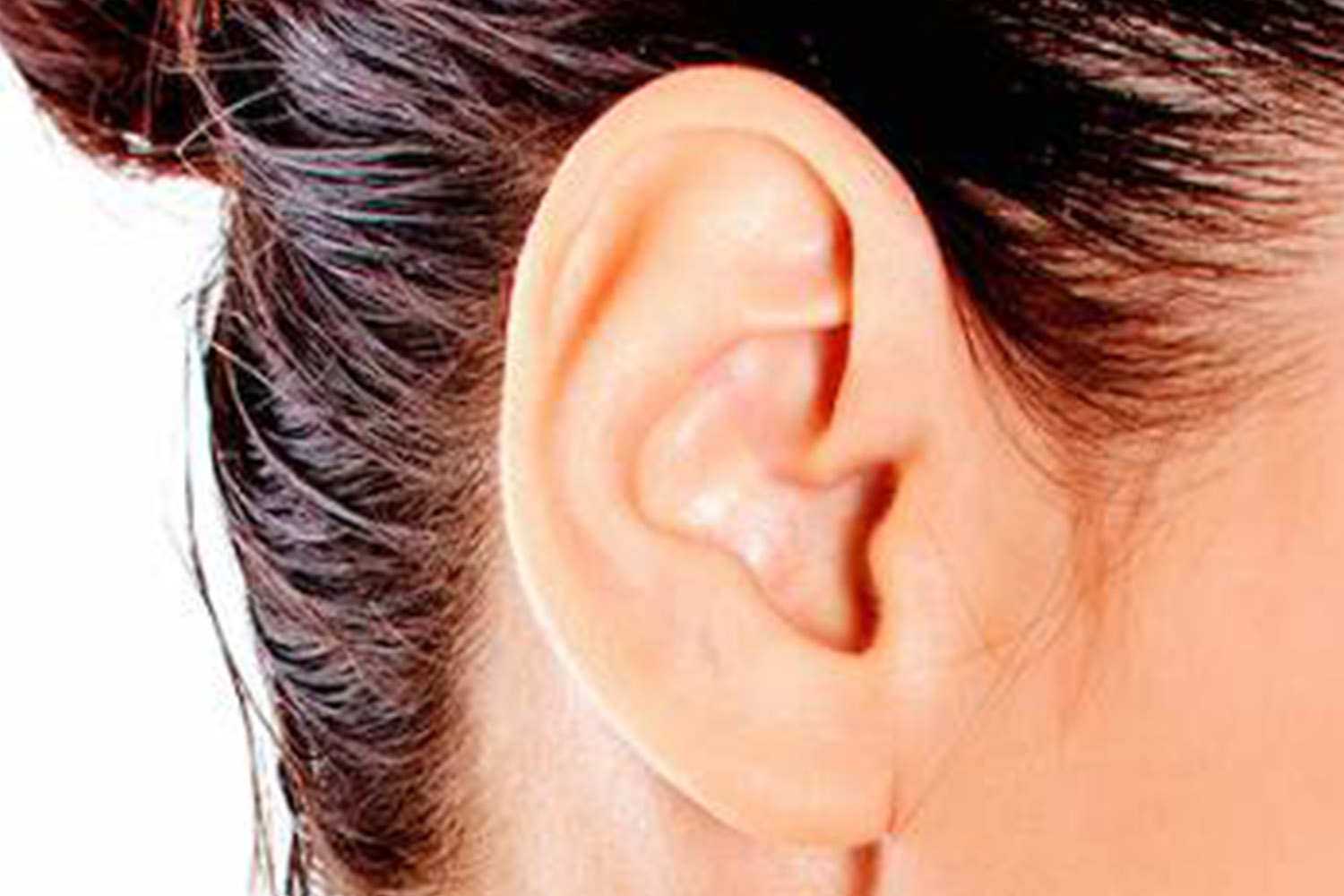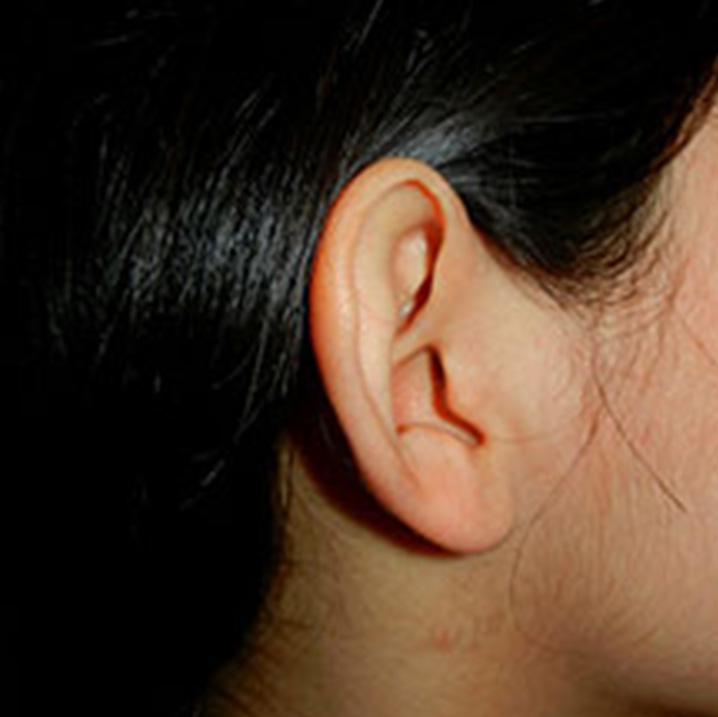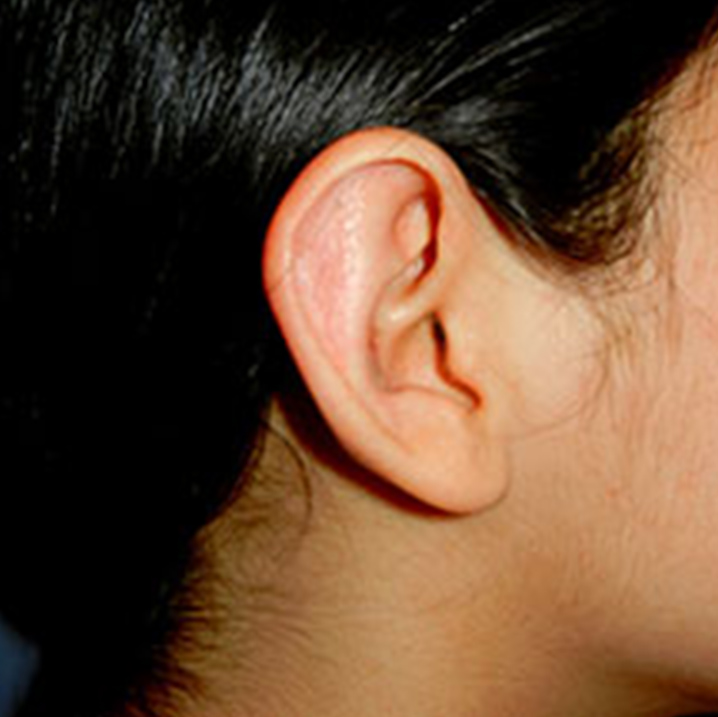Ear Reconstruction

Ear reconstruction encompasses all operations used in the treatment of ear deformities. These conditions include microtia (congenital underdeveloped, or missing, ears), constricted ear deformities, protruding ears and acquired ear anomalies.
While reconstructed ears may not be as detailed and delicate as normal ears, the goal is to create an ear shape that is realistic enough that it does not attract attention to itself.
There are currently several methods used for ear reconstruction. These include using the patient’s own rib cartilage (autologous), using an implant (MedPor©), or using a prosthetic implant.
The timing of ear reconstruction surgery will depend upon the surgeon and the method of ear reconstruction.
Autologous ear reconstruction using rib cartilage
Autologous ear reconstruction requires multiple surgical stages. During the initial stage, cartilage is taken from the ribs and used to create a three-dimensional sculpture that looks like a normal ear. This is the technique used by most surgeons, and is typically performed when the patient is between 6 and 10 years of age. At this age, the opposite ear is close to adult size and the ribs will provide enough material to create a framework of adequate size.
The cartilage framework is then placed under the skin at the site of the newly placed ear, to match the opposite ear. Additional cartilage may be saved either at the rib donor site or underneath the temporal scalp for use in a later stage. Suction catheters are placed under the skin to create better definition around the framework. They are removed in one to two weeks. Children are usually admitted to the hospital for three to five days.
Several techniques have been adopted for autologous ear reconstruction, i.e. the Brent method and the Nagata method. The differences in these techniques lie in the number of stages required for ear reconstruction (between 2 and 4) and the amount of cartilage needed to make the ear framework. For the Nagata method, children should be closer to 10 years of age to make sure there is enough cartilage to take from the ribs.



Ear prosthetics
Ear prosthetics, artificial ears attached by adhesives or bone implants, are another way to reconstruct ears. However, ear prosthetics are rarely suitable for children. The prostheses are delicate and expensive, and patient compliance and upkeep are very important to their use and success. They tend to be better suited for adults with acquired ear loss, as they lead a less active lifestyle than children, and are less likely to damage the prostheses.
- Category
- Services
- Recovery period
- 10-30 days
- Recommended patients
- 30-60 yrs old
